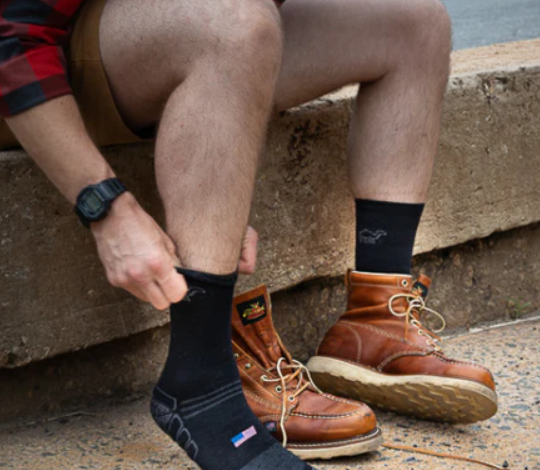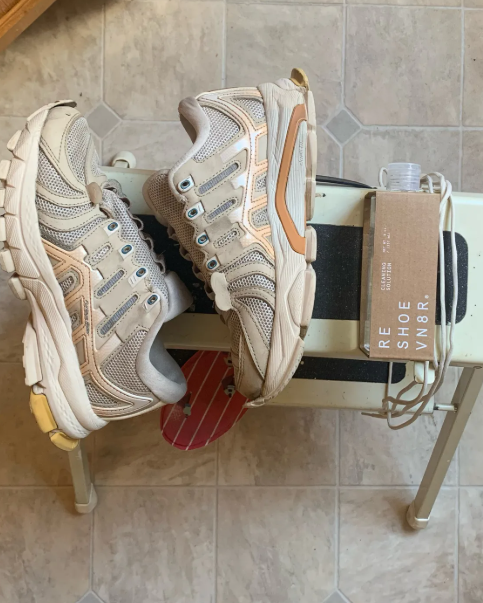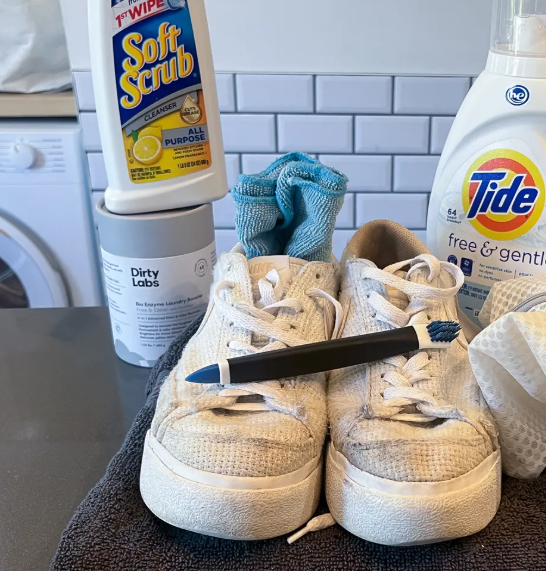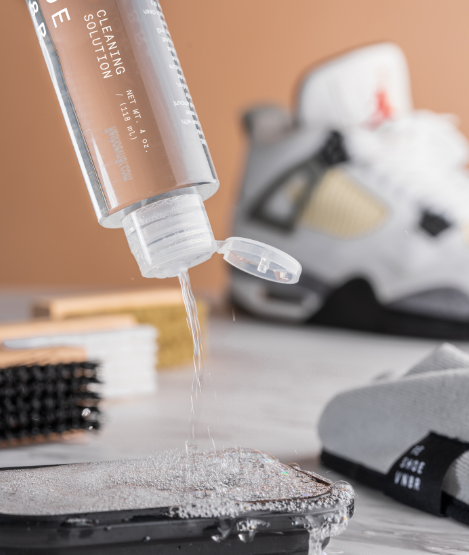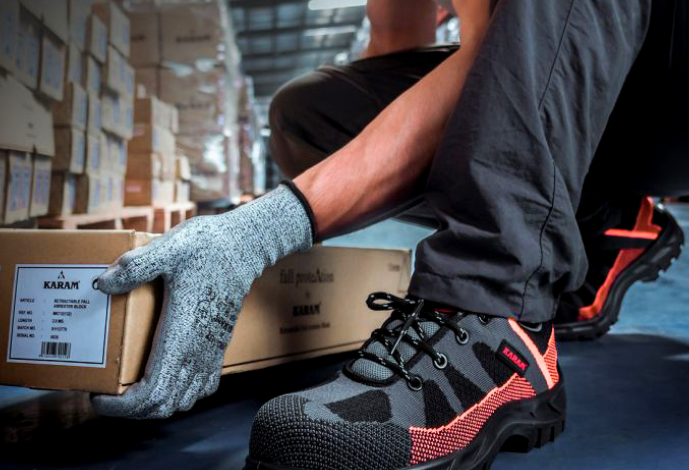
Choosing the Right Sole for Your Safety Footwear: A Guide to Protecting Workers
When it comes to workplace safety, many people overlook the importance of the soles of safety shoes. However, these soles are crucial for providing the support, stability, and protection that workers need. With the right soles, workers can avoid accidents and stay safe in various environments, from construction sites to warehouses.
In this blog, we will explore the different types of safety footwear soles, the risks they address, and how to select the best option for your specific work environment.
Types of Safety Footwear Soles
There are two main categories of safety shoe soles: interior soles and exterior soles. Both play a vital role in protecting workers’ feet, each focusing on different aspects of safety and comfort.
Interior Soles (Cleanliness Layer)
The interior sole, often referred to as the first cleanliness layer, is designed to enhance comfort and foot protection during long workdays.
Key Features of Cleanliness Soles:
- Durability: These soles are designed to withstand daily wear and tear, made from materials that resist abrasion.
- Water Absorption: Cleanliness soles quickly absorb and release moisture, helping to keep feet dry in humid work environments.
- Breathability: They allow air circulation, preventing excessive moisture buildup and maintaining comfort.
- Compliance with Standards: Cleanliness soles meet the EN ISO 20345 safety standards, ensuring they provide adequate shock absorption, impact resistance, and comfort.
Anti-Perforation Soles
Anti-perforation soles are specifically designed to protect workers from sharp objects like nails or metal debris that may be on the ground.
Key Features of Anti-Perforation Soles:
- Enhanced Protection: These soles include protective layers to prevent puncture injuries. They can withstand sharp objects that might otherwise penetrate the sole.
- Safety Standards Compliance: Anti-perforation soles must meet the EN ISO 20345 standard, which tests their resistance to penetration using a 4.5mm or 3mm point.
Exterior Soles (Wear Soles)
Exterior soles are built to provide the ultimate grip and durability, keeping workers stable and safe on various surfaces.
Key Features of Wear Soles:
- Durability: Made from high-quality materials like nitrile rubber or polyurethane, these soles resist wear and provide long-lasting protection.
- Superior Grip: Designed with cleats or grooves, wear soles offer exceptional traction, even on slippery or oily surfaces.
- Adaptability: Wear soles are versatile, suitable for various environments, from rough terrains to smooth factory floors.
- Ladder Grip System: Some models include a ladder grip system, improving safety when workers need to climb ladders, ensuring stability and reducing the risk of slips.
Choosing the Right Sole for Specific Risks
Each work environment presents unique challenges, and choosing the correct sole depends on the risks associated with your specific job.
1. Slip Risks
In environments where floors are frequently wet, oily, or unstable, safety shoes with SRC-marked soles are essential. These soles offer superior grip, minimizing the risk of slips and falls.
Recommended Sole: TRAIL PU2D
- Self-Cleaning Lugs: These lugs adapt to various surfaces, clearing away mud to maintain optimal traction.
- Stepped Heel: A 15mm stepped heel enhances safety, especially when working on ladders.
- Patented Parabolic® Technology: This technology ensures that the outer part of the sole contacts the ground first, providing better grip without excessive sinking, especially on soft ground.
2. Perforation Risks
For work environments where sharp objects are common, such as construction or industrial sites, anti-perforation soles are a must to protect against puncture injuries.
3. Thermal Risks
Workers exposed to extreme temperatures should look for soles designed to provide insulation or heat resistance, protecting the feet from thermal hazards.
4. Electrical Risks
In industries where electrical hazards are present, it’s important to choose safety shoes with soles that offer electrical insulation.
How to Choose the Right Soles
To choose the best soles for your safety footwear, start by analyzing the specific risks in your work environment.
- Conduct a Risk Assessment: Identify potential hazards in your workplace, such as slipping, punctures, chemical exposure, or extreme temperatures.
- Consult Safety Experts: Safety specialists can offer valuable advice on the best soles for your workplace’s unique needs.
- Adhere to Safety Standards: Ensure that the soles comply with essential safety standards, such as EN ISO 20345, which covers impact resistance, puncture resistance, and slip resistance.
Maintaining and Replacing Soles
To keep safety footwear in top condition, regular maintenance is necessary. Proper care extends the lifespan of the shoes and ensures they continue to offer maximum protection.
- Regular Cleaning: Clean the soles regularly to remove dirt, dust, and debris. Accumulated grime can wear down the material, reducing effectiveness.
- Proper Storage: Store your shoes in a dry, cool place to prevent moisture damage and mold growth.
- Wear Indicators: Some models feature wear indicators, which help determine when the soles need replacing. Check the soles every six months and replace them if the tread is worn or if you notice any visible damage.
Conclusion
Choosing the right safety footwear soles is critical to ensuring both safety and comfort in the workplace. By considering the specific risks of your work environment and selecting soles that meet the necessary safety standards, you can significantly reduce the risk of accidents and improve overall performance. Regular maintenance and timely replacements will help ensure that your safety footwear continues to protect you effectively.


